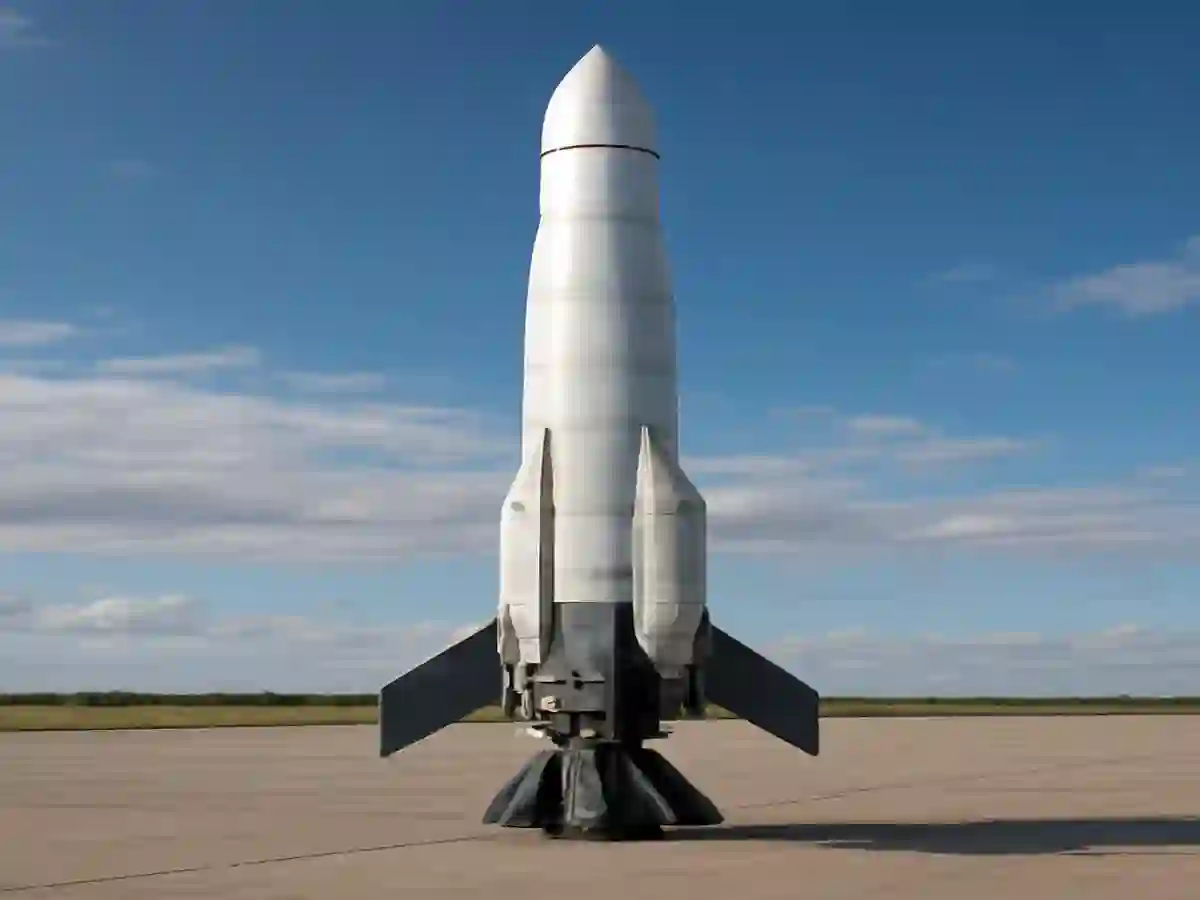Space innovation isn’t just coming from billionaires or big-name agencies anymore.
In Saint Petersburg, a team of young minds and aerospace entrepreneurs has just pulled the curtain back on something potentially game-changing.
Their creation? A small but mighty rocket called SpaceNet, and it might just shake up the commercial satellite industry.
Unlike traditional heavy launchers, this ultra-light rocket is a symbol of a leaner, smarter, and more affordable future for space access.
A Featherweight Rocket with a Heavyweight Punch
At just 14 tons, SpaceNet weighs far less than your average orbital rocket. That’s not a design flaw—it’s a feature.
Built using cryogenic composite fuel tanks, the rocket’s mass is trimmed by 15–20%, which means lower launch costs without compromising performance.
This kind of weight savings could be a huge win for small commercial satellite operators who often get squeezed out of pricier launch options.
Student Engineers and Startup Energy Power the Project
What really sets this project apart is who’s behind it.
The rocket is the result of a bold collaboration between students at the Baltic State Technical University “Voenmekh” and a Saint Petersburg-based startup.
It’s a reminder that innovation doesn’t always come from the top down—sometimes it starts in a classroom or a garage.
3D Printing Meets Rocket Science
SpaceNet’s engines are something special too.
Using a new 3D printing technique that fuses bronze and steel together, the team has managed to create more heat-tolerant combustion chambers that burn fuel more efficiently.
Less fuel, more power, and better reliability—it’s a triple win.
This bimetallic 3D printing method could be a serious game changer, offering a more flexible and scalable way to produce high-performance rocket engines.
Targeting Low Earth Orbit with Precision
SpaceNet isn’t designed to go interplanetary—at least not yet.
Its specialty is Low Earth Orbit (LEO), covering altitudes from 500 to 1,500 kilometers.
That makes it a perfect ride for small satellite launches, internet constellations, Earth observation platforms, and other growing sectors of the space economy.
What Comes Next for the SpaceNet Team
The innovation doesn’t stop at launch. The team is already thinking ahead—developing new aerospace materials, exploring microelectronics, and experimenting with even more heat-resistant alloys for future engine improvements.
They’re also planning to enhance the environmental side of their technology, working on cleaner-burning engines and stronger, more sustainable composite materials.
Looking to Russia’s Strategic Space Future
With big dreams and serious engineering to back them up, the SpaceNet developers are hoping to take their place on the national stage.
They’ve already announced plans to compete for a spot with Russia’s Strategic Initiatives Agency’s Supervisory Board, a move that could boost the project’s visibility and funding.
The message is clear: SpaceNet isn’t just a student project—it’s a contender in the future of global space launch.
